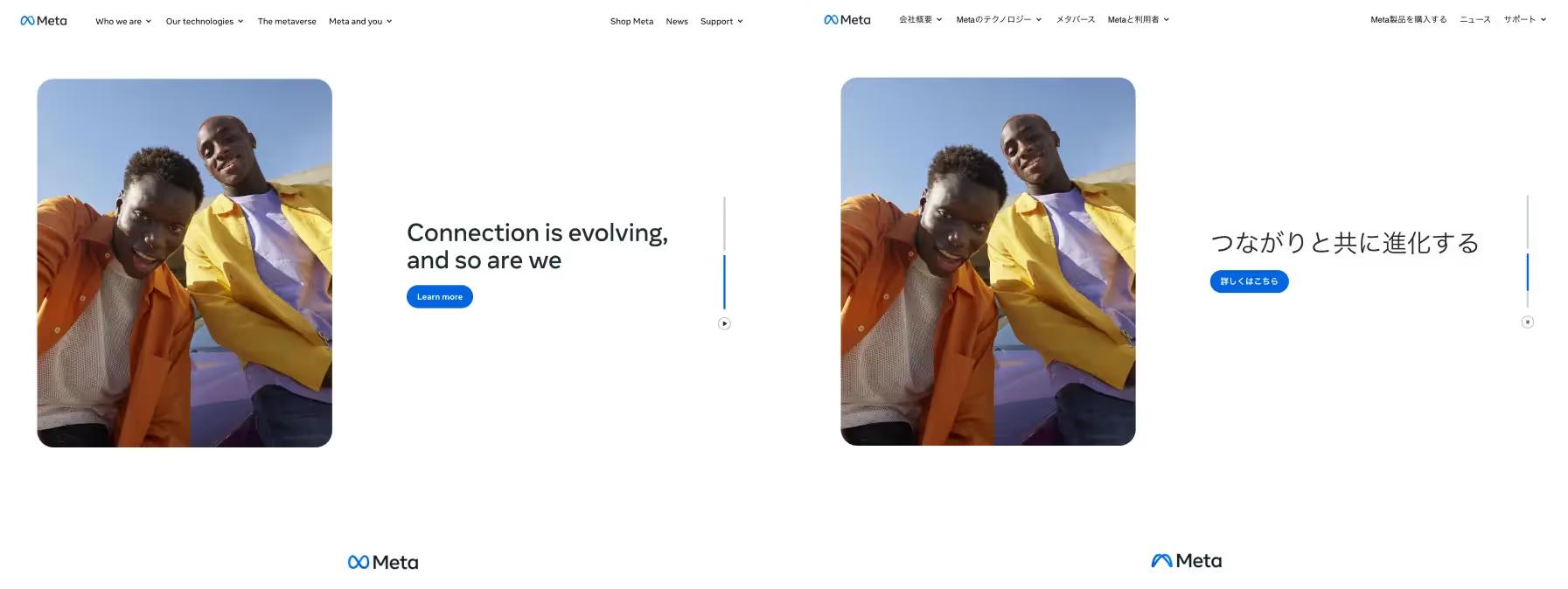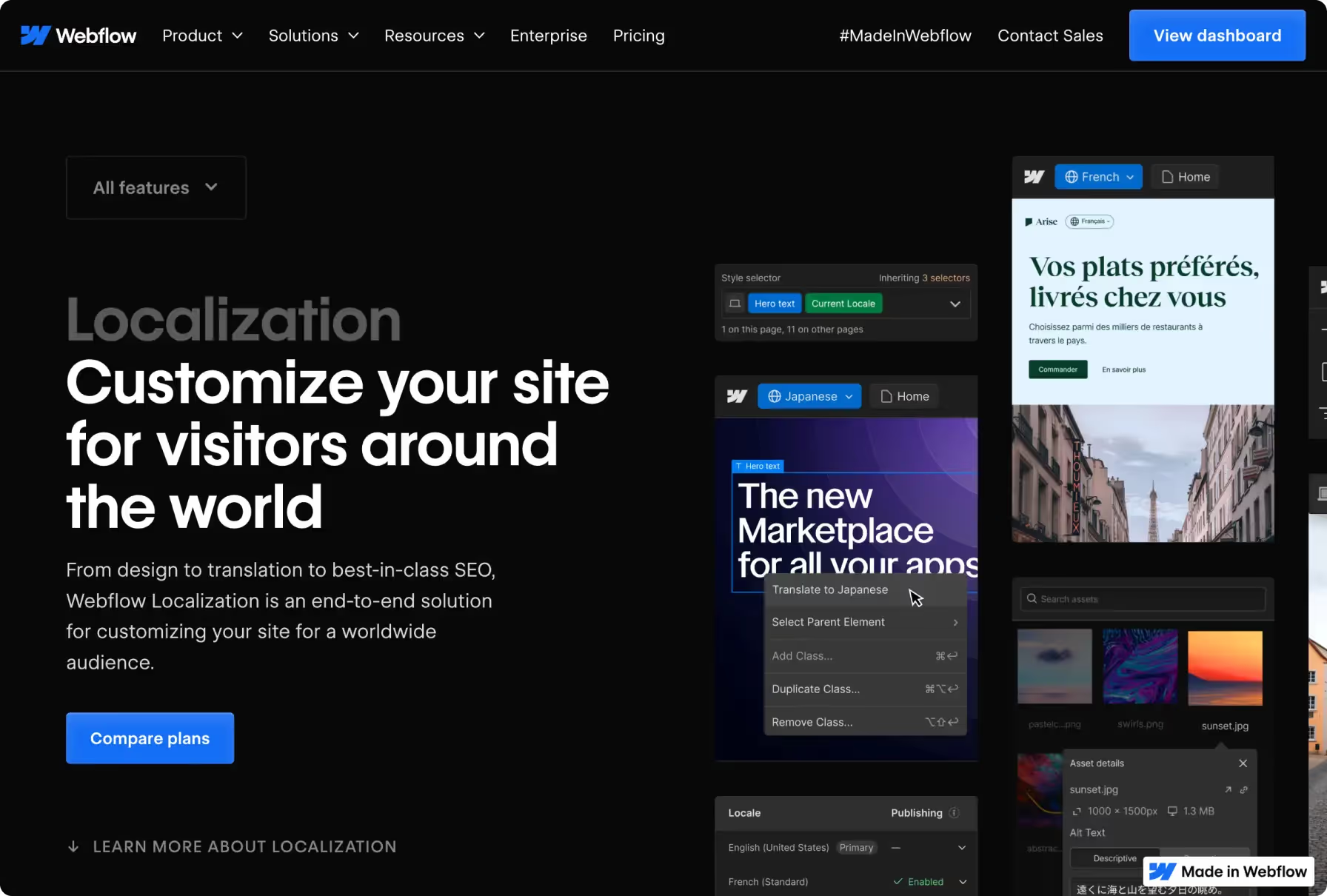More and more companies are making attempts to expand their business globally. This endeavor presents various challenges, ranging from customizing products to navigating legislation, collaborating with partners, and ultimately conducting sales to foreign customers. A robust digital infrastructure is crucial for success in the global market.
In the context of global business, there are several aspects to explore. Let's begin by examining the phenomenon of globalization.
Globalization
Globalization is the growing interdependence of the world’s economies, cultures, and populations, brought about by cross-border trade in goods and services, technology, and flows of investment, people, and information (Peterson Institute for International Economics). In simpler terms, globalization is when borders become thinner, bringing people in different countries closer together.
Our current level of connectivity is unparalleled. The growth of the internet and social media has simplified and democratized communication. The COVID-19 pandemic further shattered stigmas around remote work and online interactions.
Today, we possess all the necessary infrastructure to conduct business on the opposite side of the planet while comfortably sitting at home on a sofa. We can reach our audience anywhere in the world through platforms like Twitter, Instagram, Linkedin, and more. Accepting cross-border payments with Stripe, conducting meetings on Google Meet or Zoom, and delivering services through web or mobile apps have become seamless.
It has never been easier, yet it has never been more competitive. With numerous individuals providing various services online, staying ahead requires constant effort to capture customer attention and trust. Success hinges on speaking the customer’s language, which goes beyond addressing needs—it involves using a familiar tone and vocabulary. In some cases, it even means communicating in their native language.
Adjusting communication for foreign customers involves two key strategies: internationalization and localization. In a globalized landscape, mastering these approaches becomes essential for establishing meaningful connections and thriving in a highly competitive environment.
Internationalization
The purpose of internationalization is to extend your message to more people by translating information into other languages. At this stage, information is translated as it is, without customization for specific regions.
A concrete example of internationalization is when a company from a non-English-speaking country, such as Japan, creates an English version of its website—similar to our own company. Despite our primary business and communication channels being in Japanese, we strive for a global presence by translating our website and content into English. This approach allows us to connect with the 98% of the world's population that does not speak Japanese.
Internationalization is not exclusive to non-English websites. Meta provides a shining example of this. On their main page, Meta presents content in different languages without tailoring it to specific regions. Regardless of the chosen language on their website, users receive identical information.

However, if the goal is to deliver customized content to diverse regions and linguistic groups, then localization is the key strategy to employ.
Localization
Companies that embrace internationalization from the outset or have successfully navigated its challenges may consider the next level—localization.
Localization involves customizing communication and products for a specific region targeted for expansion. Japan serves as an excellent example. As a significant economy, Japan attracts many international companies. However, the high language and cultural barriers necessitate adjusting communication to gain the trust of local customers.
A notable illustration of effective localization is evident in Stripe’s website:
- The website is fully translated into the Japanese language.
- The hero section prominently features a Japanese app.
- Logos of featured clients belong to Japanese companies or globally recognized corporations well-established in Japan.
- Pricing is described in the local currency, highlighting payment methods popular in Japan, such as bank transfer and convenience store payment.
- Case studies showcase successful partnerships with Japanese companies.

These combined factors effectively build trust with local customers, demonstrating that Stripe has a substantial and satisfied clientele among well-known local companies.
After exploring this successful example from Stripe, let's delve into the best practices for localizing your website.
Best practices for website localization
After dissecting the success of Stripe's localization strategy in the Japanese market, let's delve into key practices for effectively localizing your website.
Translate Texts

The fundamental requirement for a multilingual website is text translation. This involves changing texts in headings, paragraphs, links, and other elements to the target language. For instance, if you have a button with the text "continue," for a Japanese website, you change it to "続ける," and for Russian, to "Продолжить."
Going beyond direct translation, it's crucial to adjust the message to align with the common sense of the target language. For example, translating English "Welcome!" to Japanese might result in "ようこそ" or "いらっしゃいませ," but these phrases are rarely used on Japanese websites. Careful consideration is needed to avoid unintentional humor or misunderstandings.
Change media assets
Localization extends to choosing the right media assets for each region. If an image contains text, it should be replaced with text in the relevant language. Furthermore, consider changing decorative images to resonate with the cultural nuances of the target audience. For instance, a website targeting the U.S. might feature a diverse group of people, while a Japanese-focused site could opt for images with Japanese individuals to avoid a sense of foreignness.
Adjust social proof

Building customer trust involves leveraging social proof—examples of past projects, client logos, testimonials, and awards. Tailor this proof to resonate with your target audience. For a Japanese website, feature clients more likely to be known in Japan. Having testimonials and case studies from other Japanese clients facilitates easier connections for potential customers.
Adjust content

Crafting region-specific content, as exemplified by Apple's news strategy, allows you to deliver pertinent information tailored to your target audience, fostering better engagement and resonance.
When creating content for multiple languages, provide context and explanations for cultural differences. For instance, when discussing a rebranding in Japanese, nuances like "Supasaito" being a transliteration from the Japanese word for "super site" may be clear. However, in English, additional explanation is beneficial to clarify the origin of the word. Cultural references in blogs or sales copies should also be adjusted to align with the cultural context of the target region.
Styling

Different regions have unique design preferences. Adjusting fonts, colors, spacings, and page elements to match these preferences enhances the website's appeal. For instance, the interpretation of a left-aligned horizontal line varies; in English, it signifies a "quote block," while in Japanese, it indicates a "heading 2." Be mindful of such distinctions, like displaying "OK" as a tick in English and as a circle (○) in Japanese.
These considerations contribute to a more effective website localization tailored to the specific market you are targeting.
Website localization tool
Achieving the level of customization per region required for localization demands technical capabilities beyond internationalization. Let's explore how Webflow, our preferred website development tool, and its Localization feature empower this process.

Server-Side Rendered Translations
Webflow, as a platform for building high-quality websites with hosting functionality, ensures server-side rendered translations. This means delivering pages in each language directly from its servers to your browser without relying on front-end JavaScript magic. This not only enhances loading speed, crucial for user experience and SEO, but also simplifies the technical intricacies associated with client-side rendering.
Easy Translations Management
Unlike some other tools, Webflow adopts a per-instance translation approach instead of a per-content scheme. Translations are tied to specific HTML elements on your page, while content-based translations are linked to specific sets of words. This eliminates the common issue where even minor changes to the original copy trigger a reset in content-based translations. The per-instance approach streamlines translation management across different locales (languages), making it more adaptable to evolving content.
Translate Everything
Localization extends beyond translating text on a page. Webflow allows adjustments for meta titles, descriptions, image assets, alt texts, and URL slugs, enabling a comprehensive localization experience. This not only enhances user engagement by creating a more native feel but also contributes to effective multilingual SEO.
Change Styling
Webflow provides options to adjust styles and element visibility per locale, facilitating the creation of language-specific versions that resonate with local audiences. This feature ensures that each language version of your website appears native and culturally relevant to its readers.
CMS Management
The flexibility of crafting content differently for each locale is a standout feature in Webflow's CMS management. This is particularly useful for posting news or blog articles that may be relevant in one language but not in others. Additionally, CMS list filters and sorting settings can be changed per locale, allowing you to showcase region-specific case studies, testimonials, logos of featured clients, and mass media.
Webflow's Localization feature emerges as a powerful tool, offering a comprehensive solution for tailoring web communication to target regions with precision and efficiency.
How to get started?
If you're yet to have a website, I highly recommend building one with Webflow and leveraging its Localization feature to make your website accessible to people from various locales.
While Webflow is our preferred tool for website development, it comes with a learning curve. If you prefer not to invest time in building it yourself, feel free to contact us, and we'll assist you with the development process.
For those who already have a website built on Webflow but lack multilingual support, utilizing Webflow's Localization can seamlessly add languages. If you're uncertain about the process, our localization service is available to assist you.
Alternatively, if your website is not built with Webflow, tools like Weglot can quickly help you achieve multilingual support. Weglot automates text translations based on content, as mentioned earlier, and offers features for image switching and exclusion rules. This ensures a swift and efficient translation process for your website's content.
Final words
As we conclude our exploration of global business dynamics and the pivotal role of Webflow's Localization feature, consider this your invitation to unlock your business's global potential. Our expertise in website development, coupled with Webflow's powerful Localization tool, ensures a seamless transition into the world of multilingual communication.














.svg)
